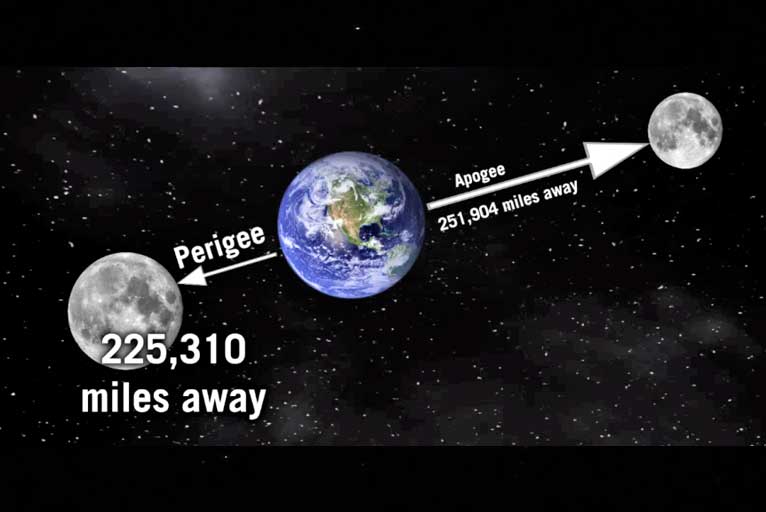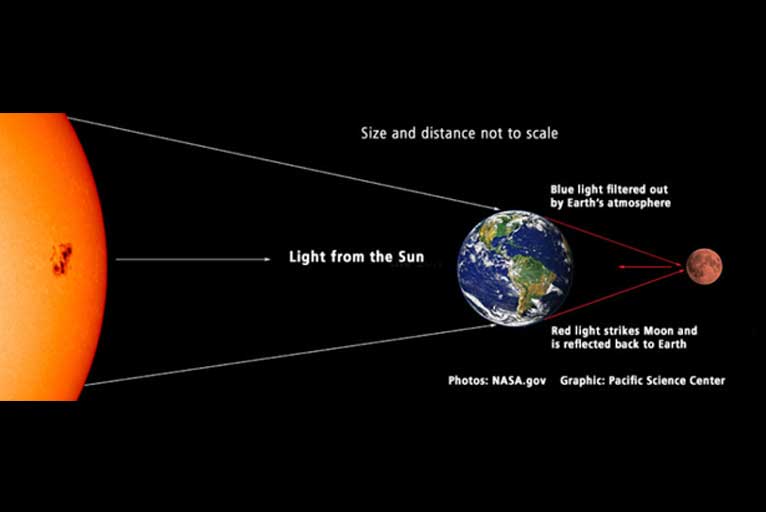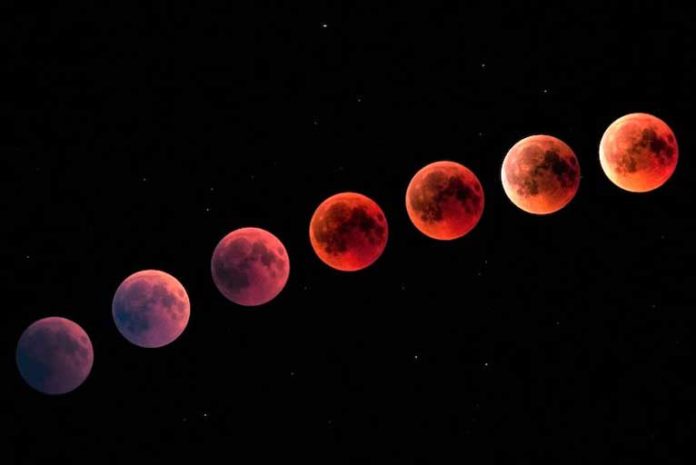The beginning of 2019 holds a special lunar treat for sky watchers and photographers. This Sunday evening, January 20th, we will have the opportunity to witness the incredible spectacle and somewhat rare event of a Super Blood Wolf Moon total lunar eclipse.
If you’re wondering why this lunar eclipse is called a “Super Blood Wolf Moon,” here are the details. A “super moon” occurs when the moon is its closest to the earth during its orbit around the planet. During a super moon, the moon can appear up to 14% bigger and 30% brighter, or 7% bigger than an average full moon.

A “wolf moon” is simply a nickname for the first full moon in January. A super moon and a wolf moon aren’t that unique…but when you combine them with a total lunar eclipse, this trifecta is truly remarkable.
The “blood moon” occurs during a lunar eclipse. As the moon passes into the sun’s shadow, it glows a deep red color. A Super Blood Wolf Moon is somewhat rare since the next total lunar eclipse won’t occur again until May 26, 2021.

Oregonians will need to pay close attention to the date of this eclipse – on the East Coast, the eclipse will be complete right after midnight, on January 21st, so you’ll see many national news stories that mention this as the date of the eclipse. In Oregon, we don’t even have to stay up late to see the eclipse in its full glory on January 20th.
Starting at 6:36 p.m. PST on January 20th, the moon will begin to slip into the sun’s shadow. By 7:33 p.m. PST, the moon will start to glow a faint red color, and by 8:41 p.m. PST, it will be a dark red. The total lunar eclipse occurs at 9:12 p.m. PST. Eastern Oregonians in the Mountain Time Zone will want to push their viewing times back exactly an hour.
Please Like, Share and Follow the …


















